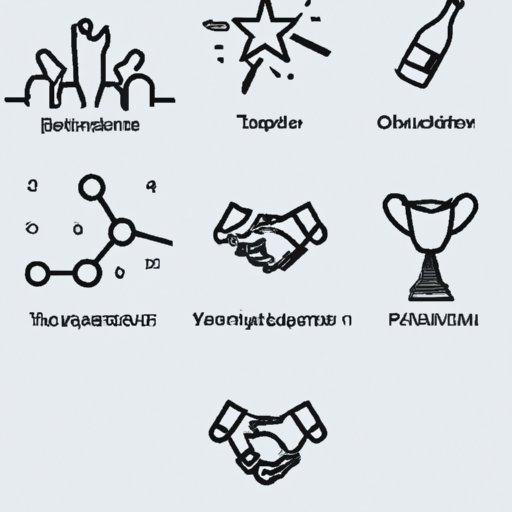Introduction
Sponsorship is an important part of modern marketing. It involves a company or organization providing financial support to an individual, group, or event in exchange for promotional opportunities. It’s a way for companies to increase their visibility and build relationships with their target audience.
The concept of sponsorship has been around for centuries. In the early days, it was mainly used by wealthy patrons who would fund artists and athletes in exchange for recognition and prestige. Today, sponsorships are used by many different types of organizations, from small businesses to large corporations.
Different Types of Sponsorship Deals
Sponsorship deals come in many forms. Some common examples include sponsoring a sports team, sponsoring a charity event, or sponsoring a musician or artist. Companies often use these deals to promote their brand, increase their visibility, and build relationships with their target audience.
When structuring a sponsorship deal, both parties should consider the terms and conditions carefully. This includes the duration of the agreement, the type of promotion that will be provided, and the financial compensation involved. It’s important to make sure that both parties are clear on the details of the agreement before signing anything.
Benefits for Both Parties
Sponsorships can provide numerous benefits for both parties. For the sponsored entity, it can provide much-needed financial support, as well as increased exposure and recognition. For the sponsor, it can provide access to a targeted audience, increased visibility, and the opportunity to build relationships with potential customers.
There are many examples of successful sponsorships. For example, Nike’s sponsorship of Michael Jordan helped to elevate the brand’s status, while McDonald’s sponsorship of the Olympic Games helped to raise the profile of the fast-food chain. These examples demonstrate the potential rewards that can be achieved through effective sponsorship.
Securing a Sponsor
Finding a sponsor can be a challenging task. It’s important to have a clear plan in place before approaching potential sponsors. This should include a detailed proposal outlining the benefits that the sponsor will receive in return for their investment. It’s also important to have an understanding of the target audience that the sponsor will be reaching with their sponsorship.
It’s also important to remember that sponsorships are about relationships. Building relationships with potential sponsors is key to securing a deal. This includes researching the company and its interests, as well as establishing a personal connection with decision makers.
Conclusion
In conclusion, sponsorship is an important part of modern marketing. It offers numerous benefits for both parties, including increased exposure and recognition, access to a targeted audience, and the opportunity to build relationships. Securing a sponsor can be a challenging task, but with the right approach and a clear plan in place, it’s possible to achieve success.
For more information on sponsorship and how to secure a sponsor, there are a number of useful resources available online. These include articles, guides, and case studies that provide valuable insights into the world of sponsorship.
(Note: Is this article not meeting your expectations? Do you have knowledge or insights to share? Unlock new opportunities and expand your reach by joining our authors team. Click Registration to join us and share your expertise with our readers.)
